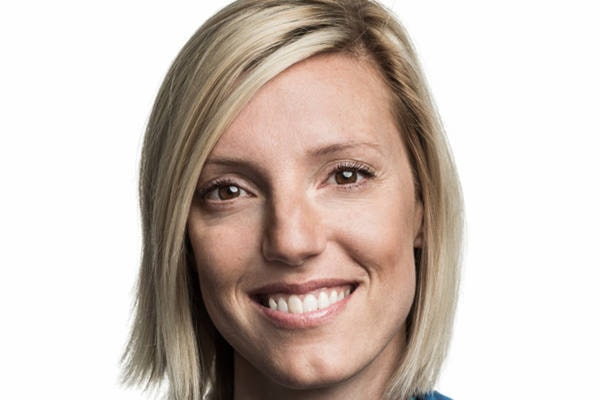Shaunagh Stikeman | Common Ground
What could be better on a chilly November night than curling up by a roaring fire and reading the Yukon financial advisory panel’s final report?
Well, maybe that last part is nobody’s idea of a good time. But for those looking for ideas to build a stronger Yukon, and maybe even save some taxpayer dollars, there are real gems buried in the balance sheets and fancy bar graphs.
Like the secret to saving money on health care costs over time? Apparently it’s investing in social programs right now.
According to the panel, a dollar spent on programs supporting vulnerable people, like housing, may have a much bigger impact on improving overall health than a dollar spent on health care facilities and staff. Even though the total amount spent would be the same.
The report also identifies a key to unlocking Yukon’s economic potential: bolstering our education system for Indigenous kids.
Although the panel recommended that we practice greater fiscal restraint, the one exception is education. The idea is this: the more we invest in education, the more our today’s students will earn down the road as adults and the more they will generate in economic activity.
Pretty straightforward, right? Not when you take a closer look at how our students are performing. Standardized testing shows that Indigenous students need more support. According to the Department of Education, in Grade 7, only 42 per cent of Indigenous students are meeting expectations regarding writing, and just 41 per cent in numeracy.
Graduation rates from high school are much lower for Indigenous kids. Around 57 per cent graduate, compared with 81 per cent of non-Indigenous students.
In a territory where one third of children are Indigenous, you can see how improving education outcomes for these kids could really help our economy.
Better performance in school directly translates into higher earning potential as adults. In 2016, Statistics Canada reported that Indigenous women with post-secondary degrees make more than three times as much as Indigenous women who never made it to university or college. According to a recent study by the Conference Board of Canada, obtaining a university degree is the surest way to close the income gap between Indigenous and non-Indigenous peoples.
To be fair, lots of attempts have been made over the years by the Yukon government to improve education outcomes for Indigenous students — the new curriculum is one of these efforts. But to date, Yukon has not found an effective solution.
We all benefit from growing Yukon’s economic pie, so maybe it’s time we take another look at the model of an Indigenous-led school being put forward by the Council of Yukon First Nations.
Since Together Today for Our Children Tomorrow, Yukon First Nations have been seeking greater control over education as a means to improving conditions for their citizens. In this document from 1973, Chief Elijah Smith told Prime Minister Pierre Trudeau that Yukon First Nations need the ability to change the education system to create relevant programs for Indigenous people.
Carrying on with this message, CYFN is talking about creating a separate, Indigenous-led school. “It’s important that we have an identity, and especially when it comes to the education system and First Nation students, I think it’s important that they have an option,” said CYFN Grand Chief Peter Johnston.
Consider the success of a school in Membertou, Nova Scotia. Twenty years ago, the Mi’kmaq community took responsibility for schooling from the provincial government. Since then, the school has seen significant improvements in education outcomes. Ten years ago, most students missed about one in every four days. Now 95 per of students missed fewer than eight days of school all year. Grades are also improving, with about one-third of Membertou students making the honour roll.
We already have French and Catholic schools, so would an Indigenous school really be such a big deal? They could set their own curriculum, which could incorporate traditional activities and knowledge. And language revitalization would be a key component — something long recognized as critical to cultural vitality.
In the words of Chief Elijah Smith all those years ago, changes to the education system need to be made by the Yukon First Nations themselves if we want a different outcome. Echoing this message almost 45 years later, the financial advisory panel told us it’s critical we work with First Nation communities to craft ways to improve education outcomes. This, we are told in the panel’s final report, is important for economic and social reasons, and for the advancement of reconciliation. Isn’t it time we gave this a try by supporting an Indigenous-led school?
Investing in education and ensuring all of our children can reach their full potential — it’s not just the right thing to do. Even the accountants will tell you it just makes sense.
Shaunagh Stikeman is a lawyer, facilitator and community advocate who lives in Whitehorse.
